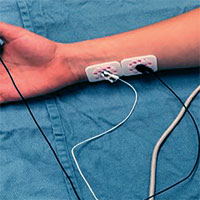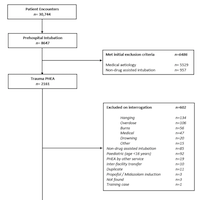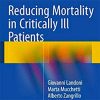Reversing Neuromuscular Blockade
anesthesiology.pubs.asahq.org
Neuromuscular blocking drugs have for years enabled anesthesiologists beneficially to relax skeletal muscles to improve anesthetic management, increase safety and quality of tracheal intubation, and to provide favorable intraoperative conditions for complex surgical procedures.
While achieving these goals, a growing body of evidence has uncovered a price to pay in potential side effects, most frequently associated with the respiratory system having an increased risk of adverse pulmonary outcomes or, more rarely, “accidental intraoperative awareness,” which occurs almost exclusively in cases where neuromuscular blockade has been used.
In the late 1990s, it was shown that subparalyzing concentrations of neuromuscular blocking drugs markedly impaired the acute ventilatory response to hypoxia in volunteers.
Later animal studies located this effect to the carotid body, where these drugs blocked acetylcholine-dependent oxygen signaling pathways.
In this issue of Anesthesiology, Broens et al. show that partial rocuronium block in volunteers depresses the acute ventilatory response to hypoxia and also to hypercapnia.
This confirms and extends earlier work, and also explores the effect of neuromuscular block reversal with neostigmine or sugammadex.















